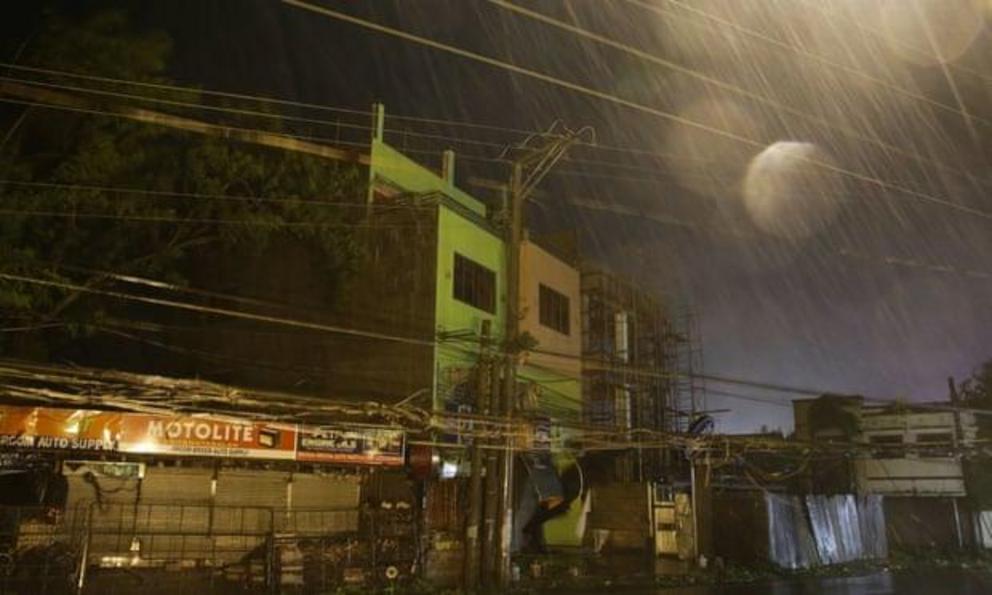Typhoon Mangkhut heads to China as Philippines death toll rises
At least 12 people have died in the Philippines after Typhoon Mangkhut unleashed ferocious winds and rain before moving on towards China’s heavily populated southern coast.
Hundreds of flights have been cancelled in Hong Kong and China’s National Meteorological Centre has issued a red alert for the typhoon – the highest possible alert.
On Sunday morning it was carrying sustained winds of 145km/h and gusts of up to 180km/h after leaving the Philippines, having damaged an airport vital to transporting humanitarian aid and forced tens of thousands to flee.
Philippines residential adviser Francis Tolentino said the dead included an infant and another child who were among four people killed in a landslide in Nueva Vizcaya, one of several provinces battered by the typhoon on Saturday. At least two emergency workers have been killed in landslides.
At least two other people were missing and the death toll could climb to 16 once other casualty reports were verified, he said.
About 90,000 people were evacuated from high-risk areas and told not to return home until the danger has passed.
Ricardo Jalad, the civil defence chief, said the initial casualties were reported from the mountainous Cordillera region, adding that there were already 41 incidents of landslides reported in the region and that the death toll would rise.
Survivors were traumatised by the confrontation with the monster storm. “It felt like the end of the world ... that was stronger than Lawin”, said Bebeth Saquing, 64, using the local name for Super Typhoon Haima, which was one of the most powerful storms of 2016.
In Baggao town in Cagayan where the typhoon made landfall early on Saturday, three power towers had been brought down, the defence secretary, Delfin Lorenzana, said. Television reports showed how the typhoon ripped off roofs and destroyed farms. Emergency workers are repairing Tuguegarao airport in northern Cagayan province after it was left inoperable.
The government warned of storm surges of up to six metres as well as massive flooding and landslides as downpours caused rivers to overflow. Several dams have been opened to release water, prompting more warnings of flooding especially in central Luzon, a natural catchment area that produces the most rice in the country.
More than five million people were estimated to be at risk from the storm, which the Hawaii-based Joint Typhoon Warning Center earlier categorised as a super typhoon with gusts equivalent to a category 5 Atlantic hurricane. In Cagayan’s capital city of Tuguegarao, tin roofs and other debris hurtled through the air and store signs crashed to the ground.
For the rest of this article please go to source link below.
Video can be accessed at source link below.

